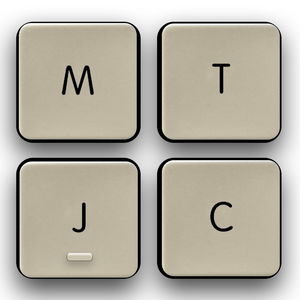Provided by Henrik Jentsch, Director of Golf Academy 360°, powered by Sportsbox AI 3D
This guide, authored by Henrik Jentsch of Golf Academy 360° and powered by Sportsbox AI 3D, outlines how to leverage Sportsbox’s cutting-edge 3D motion analysis technology to detect and correct five of the most common swing faults associated with Sway—the lateral motion of the pelvis and chest during the golf swing.
Sway, when used correctly, is a vital contributor to power generation. But when misused, it becomes a key source of inconsistency, inefficiency, and even injury. The Sportsbox AI 3D Golf App offers objective, data-driven feedback through two essential measurements:
- Pelvis Sway: Measures the lateral movement of the hips throughout the swing, using the address position as the 0” reference point.
- Sway Gap: Indicates the horizontal distance between the chest and pelvis. A negative value suggests the chest is behind the pelvis (often desirable in certain phases), while a positive value indicates the chest has moved ahead (typically a fault).
By tracking these values at key checkpoints—P3 (lead arm parallel to the ground), the top of the backswing, and impact—coaches and players can pinpoint five swing faults that directly compromise performance and consistency:
1. Lack of Re-Centering Before the Top
Top-level players consistently shift their pelvis back toward center before reaching the top of the backswing. If your Pelvis Sway remains too negative at P3 (e.g., –2.5" or more), it signals a failure to re-center. This leads to restricted rotation, poor sequencing, steep downswings, early extension, and inconsistent contact.
2. Excessive Backswing Sway
While some sway helps load power, too much lateral movement to the trail side makes it difficult to shift pressure back onto the lead side. If Pelvis Sway exceeds –2.5" during the backswing, it often results in poor low-point control and erratic ball striking—such as fat shots, tops, and weak contact.
3. Reverse Pivot
A positive Sway Gap at the top of the backswing indicates that the chest is ahead of the pelvis—classic symptoms of a reverse pivot. This movement disrupts sequencing and leads to steep angles of attack and glancing blows. It’s a common issue among amateurs and contributes to directional control problems and early extension.
4. Hanging Back at Impact
When a player fails to shift pressure effectively to the lead side, Pelvis Sway at impact often measures less than 2.5”. This causes a breakdown in mechanics—typically involving a casting motion or scooping the ball. It leads to poor energy transfer, a loss of distance, and an impression that the player is trying to "lift" the ball rather than compressing it.
5. Steep Swings & Negative Club Paths
If the Sway Gap at impact is close to 0" or even positive, the chest is too far forward—creating a steep attack angle and overly negative swing path. This is especially damaging with the driver. In contrast, professional players increase the negative Sway Gap during the downswing to keep the chest trailing the pelvis, resulting in a shallower path and optimized strike conditions.
A Measurable Solution
With Sportsbox AI 3D, these previously invisible movement patterns become measurable and trainable. By loading your swing into the app, you can review precise data on your Pelvis Sway and Sway Gap—turning subjectivity into objective feedback and transforming your training with real-time insights.
This approach is no longer reserved for tour professionals. It is now accessible through Golf Academy 360°, powered by Sportsbox AI 3D, under the direction of Henrik Jentsch, one of Europe’s leading figures in 3D golf biomechanics.



















